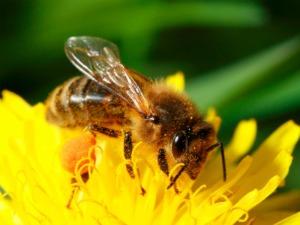Are these invasive or just introduced?
May 15, 2021
By Sam Owen, Live Animals Assistant
What is the difference between invasive and introduced species? Why are invasive species harmful? And why don’t all introduced species become invasive?
An introduced species is one that is moved into a new area that it is not naturally found in. An invasive species is an introduced species that disrupts natural ecosystems. But even native species can become invasive.
Invasive species can disrupt ecosystems by having no natural predators, being toxic, overtaking natural species, spreading rapidly in new ecosystems, using habitats that few native species use, and sometimes by killing native species.

There are numerous invasive species such as Canada thistle, Dutch elm disease, silver carp, and earthworms are found in Alberta. We have also introduced thousands of beneficial non-native species like dandelions, wheat, honeybees, elm trees, brown trout, and all livestock.
Dandelions, while they may be considered a nuisance by some, are completely edible by animals, don’t typically outcompete native species, and are one of the first flowers available to bees and other pollinators in the spring. Many introduced species produce the foods that we eat, the plants we grow, the fish we catch or even the honey on our toast!
We can all do our part to reduce the spread of invasive species by researching our garden plants, removing dirt from our outdoor equipment, and following the provincial guidelines for invasive species.